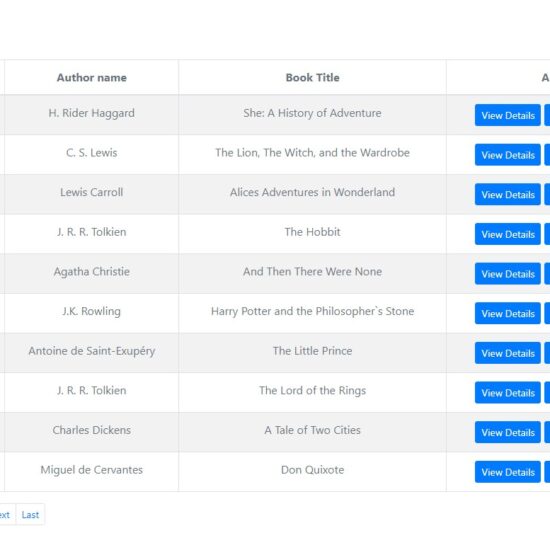No one visits your website just to read your company’s mission and vision. Gone are the days when you only had to write your business objectives, add your company picture and call it a website. Nowadays, millenials are expecting more.
NOTE: This article was originally posted at iStar’s blog, read the full article here
Aside from the usual interactivity, usability and social media integration, here are the top 5 basic characteristics your website must have in order to accommodate today’s users.
- Fast loading speed – Your website needs to load fast. Yeah, call me captain obvious but there is actually a science behind this. Study shows that it takes an average of 3 seconds for a user to scan your page. The user must be able to reach the information he came for within said period so he can decide whether to stay or go. Test your user’s patience and say goodbye to a potential client. A good way to enhance speed is by lazy loading images found below the fold so elements at the top load faster.
- Well Formatted Content – Your design is important but nowadays (as it should) content is king. A user may take his business elsewhere if he can’t easily reach the information he came for. Consider putting your most important content above the fold to make it easily scan-able.
- Mobile compatibility / Mobile first – Google now ranks mobile first websites higher in search rankings. Mobile usage has eclipsed desktop this past few years and there is a good chance your potential client is using mobile exclusively. Your website must be responsive to be able to accommodate a wide range of mobile devices. See this previous post about responsive design [link to responsive website article]
- Cross browser compatibility – With each new browser version come a new interpretation of html/css. For example, back in the old days a transparency effect will be rendered by Firefox and Chrome but will need a different set of code for IE. Modern browsers had come a long way in making sure they comply with standards, which made the browsing experience somewhat consistent across all browsers. However there are still some quirks that may affect your website. Why browsers render differently is a question for the ages, it’s up to you to adapt. Your website must show consistency on all browsers, a line of text on one browser should also render properly on other browsers. That way a potential client can read your information no matter what browser he is using. It’s a delicate balance between features and compatibility, it is recommended to select features that you know is consistent across all browsers.
- Easy to use forms – Forms are essential on any business websites. It is the main area where users interact with the site and usually where leads come from. Make sure to make your forms easy to use and accessible. Add tooltips and suggestions on important fields if possible, limit the total number of fields and most importantly assign a label for all the fields.
Ensuring your website is effective in delivering content on all types of devices improves your chances of getting a lead to potential clients. Your website is the face of your company and you need to make sure it’s engaging to prevent users from leaving, you did a lot of marketing to get them there, and your next goal should be to get them to stay. Following the above can help make your online presence a success.




